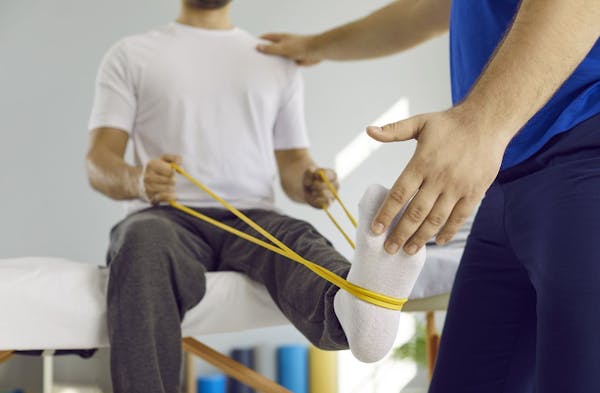The primary goal of physical therapy is usually to recover strength, flexibility, and function. In most cases, therapeutic exercise is an important component of the rehabilitation process. Therapeutic exercises involves movement of the body to facilitate recovery from limitations often associated with nerve, muscle, and/or joint problems.
Therapeutic exercises is used to help people in need of:
- Help with walking again
- To improve circulation
- To improve joint motion
- To improve balance
- To relax tight muscles
- To release shortened or scarred tissue
- To improve balance
- To recover strength & power
- To recover complex coordinated (sports-related) movements
- For cardiorespiratory condition
Types of Therapeutic Exercises
There are different types of therapeutic exercise that we provide based on our detailed assessment of your condition and your rehab goals. Physical therapists are experts at providing appropriate progressive therapeutic exercise programs for a given condition and where you are at in the recovery process. By varying frequency, intensity, and resistance, treatment goals can be achieved in an optimal timeframe.
Here is a partial list of therapeutic exercises that may be appropriate for you:
- Range of motion exercises
- Proprioceptive neuromuscular facilitation
- Isometric exercises
- Isotonic resistance exercises
- Isokinetic exercises
- Manual resistive exercises
- Aerobic/endurance exercises
Therapeutic exercise is often an important component of a comprehensive treatment plan. The key is customizing the plan for your specific needs.
For more information about how therapeutic exercise can help you, please give us a call (949) 727-0700.

